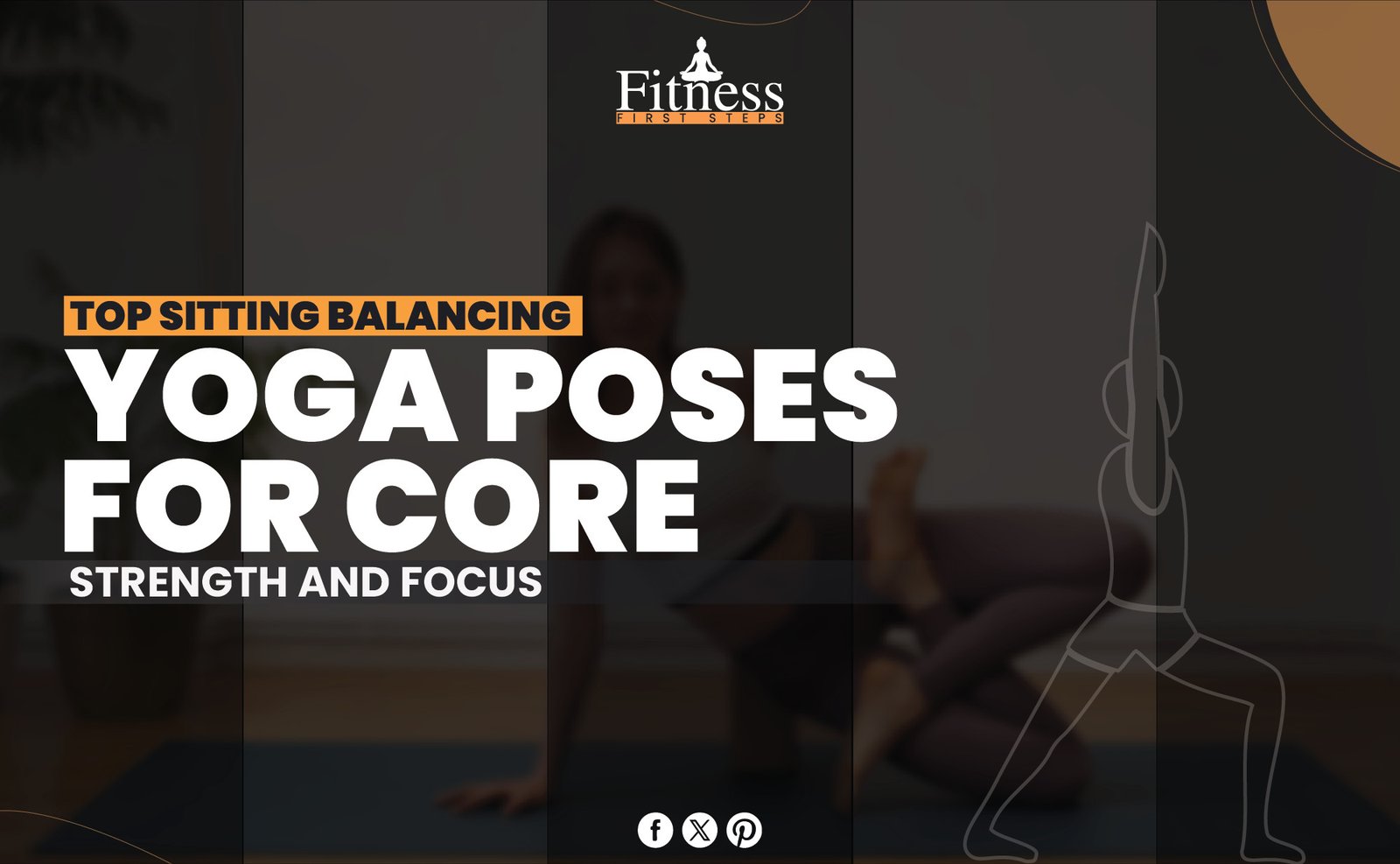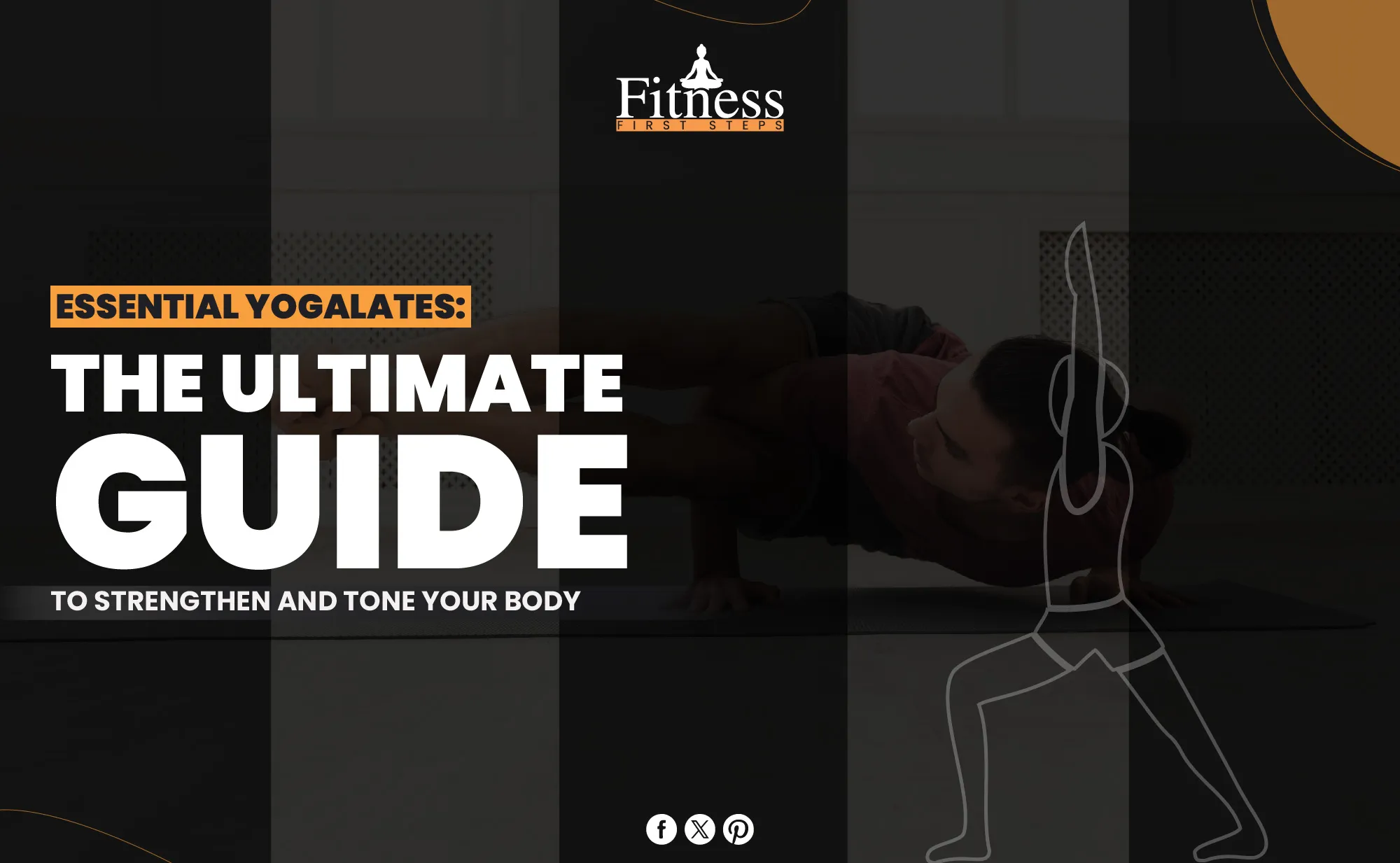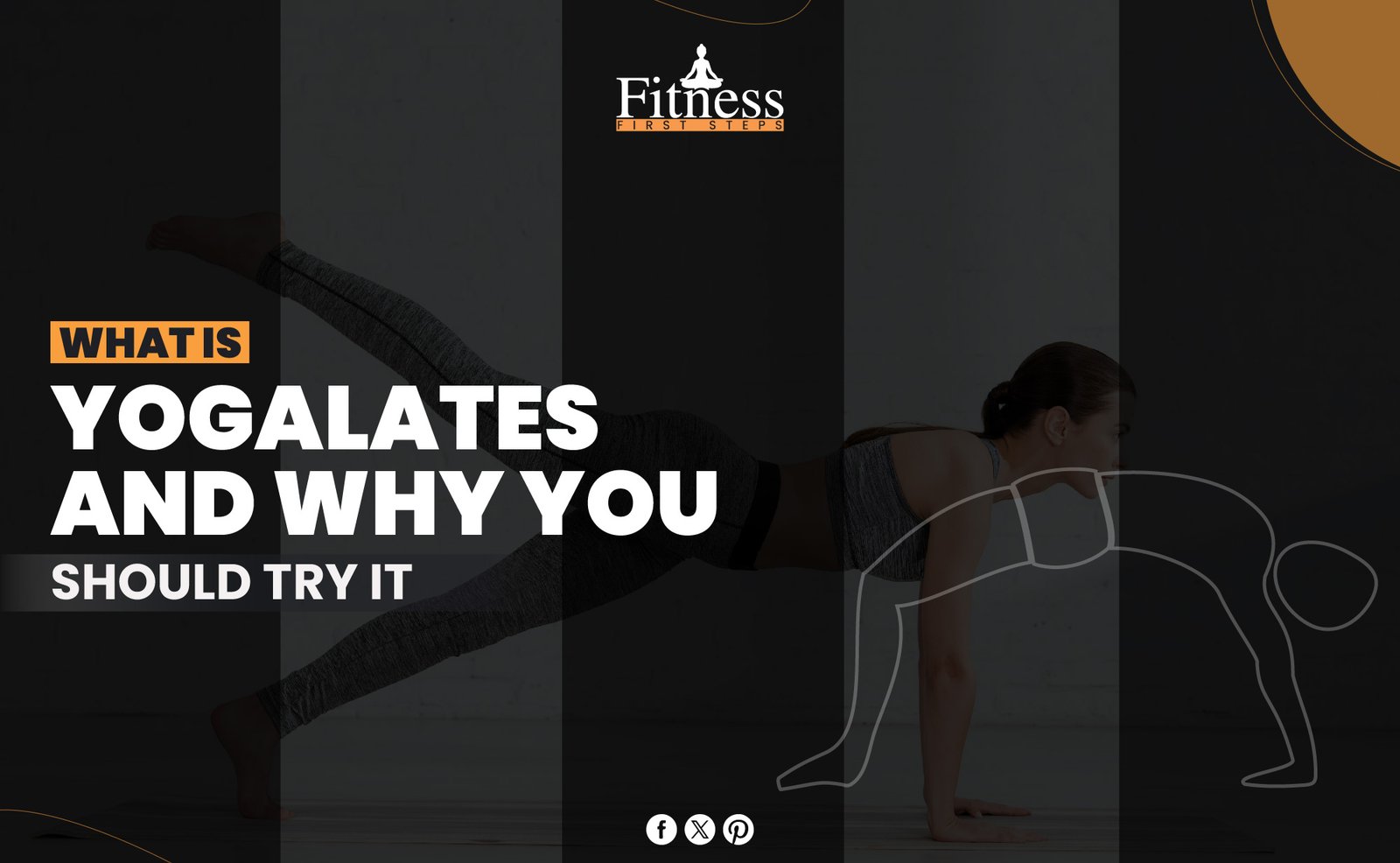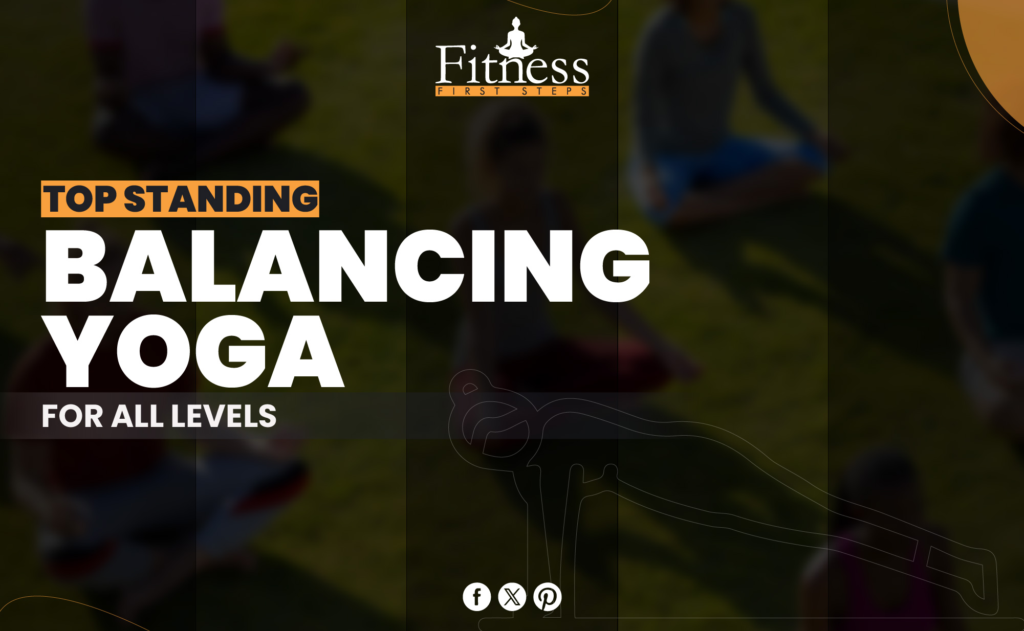Introduction
Yoga isn’t just for being flexible; it’s also a great way to improve your balance, core strength, and health in general. Navasana, or Boat Pose, is one of the most potent and active asanas to help you get these benefits. This blog post is meant to help yoga fans and people new to exercise understand the Boat Pose by explaining what it is, how to do it correctly, different ways, and its many benefits.
The Significance of Boat Pose
In the complicated world of yoga, each pose is thought to have its special meaning and effect on the body. It is the same as both in Boat Pose, also called Paripurna Navasana. Its name comes from the shape of a boat, which means strength, stability, and the ability to move through life’s difficulties without any problems.
Doing this pose right will test your core muscles, like the rectus abdominis, transverse abdominis, and obliques. These muscles are the base of your body; they control your stance, how you move, and how strong you are generally.
How to Perform Boat Pose (Navasana)
Ensure your body and mind are ready for the Boat Pose before you start. Here are the steps you need to take to do the asana:
- Lay down on the ground and stretch your legs out before you. Put your hands behind your back and point your fingers toward your feet.
- Keep your chin and back straight as you lean back a little. Use the muscles in your stomach.
- Let out a breath and bend your knees. Then, pull your feet off the ground and try to bring your legs up if you can.
- Keep your arms straight out before you, aligned to the floor. Hold your hands out straight in front of you.
- Straighten your legs out and raise the tips of your toes above your eyes if possible. Straighten your arms to align with your legs if it feels good.
- Keep your back straight, chest and shoulder blades down. Stand on your sitting bones. Look at your toes with a soft eye.
- Hold the pose for 5 to 10 breaths, then let go and return to the starting position as you breathe out.
The Core of the Matter
People know that Boat Pose can help you get stronger in your core. The stance works the stomach muscles repeatedly, tone them and strengthens them. This makes the body more stable and prevents back pain. It works the deep core muscles, essential for keeping your back strong and your stance straight.
Enhancing Your Balance
It may seem easy to balance on your sitting bones while pulling your legs and upper body off the ground, but it’s a tricky balance test. When you do Boat Pose regularly, it makes you more balanced mentally and physically. As you work on your balance in this pose, you also improve your mental attention, which trains the link between your mind and body.
Breath Control and Mindfulness
The breath connects the body and mind in yoga. By bringing your attention to the present moment, the coordinated breathing in Boat Pose helps you become more focused. With each breath, you get the pose’s purpose into line with how you do it, which makes you feel more connected to your practice.
Modifications and Variations
Each person’s yoga practice is different, and changes are often needed and welcome. Here are some changes you can make to the Boat Pose:
- If you are starting, put your hands next to your hips and lightly rest them on the floor. Lift your legs off the ground a few inches. Use your hands to help support your weight and keep your balance.
- If it’s hard to raise your legs in full pose, keep your knees bent and your shins flat on the floor. You can still work on your core and improve it with this change called Half Boat Pose.
You can change the Boat Pose by putting your peace fingers on your big toes and stretching your legs out, or you can balance on your sitting bones and form a full V-shape. Both versions make the pose harder and need more strength and flexibility.
The Boat Pose Challenge
Are you ready to get better at yoga? You should add the Boat Pose exercise to your practice. Could you try to hold the pose for more extended amounts of time or do more repeats? Your core strength and balance will improve significantly if you do three sets of 30 seconds or more.
Contraindications and Cautions
Even though the Boat Pose is suitable for most yoga practitioners, the following people should be careful:
- During the third trimester, pregnant women should avoid this pose.
- People who have hurt their backs or necks should only do yoga with the help of an experienced guide. They might feel better if they changed the pose or didn’t do it.
- If you have low blood pressure or trouble sleeping, focus on being aware of your breath instead of holding the complete asana.
Before trying a new activity, you should always listen to your body and talk to a doctor or nurse, especially if you already have health problems.
Integrating Boat Pose into Your Yoga Routine
You can add the Boat Pose to your yoga routine alone or as part of a series. Along with Plank, Dolphin Pose, and Warrior III, it’s a great way to build your core. You can do it at the start of a workout to wake up your core, or you can do it at the end to test your endurance.
The Benefits Beyond the Mat
Learning how to do Boat Pose has benefits beyond the yoga mat. Stronger core muscles make you better at many physical tasks, from sports to everyday moves. Better balance keeps you from falling and helps you stay calm and focused when life throws you a curveball.
Final Thoughts
With its potent mix of core strength, balance, breath control, and mindfulness, Boat Pose stands out among all the other yoga poses. Setting goals to learn and use this asana in your daily practice will help you build a strong body and find your way through the depths of your mind. Whether you’re an experienced yogi or just starting, Boat Pose has a lot to teach you and is ready to help you set sail on your journey of self-discovery.
